Time Travel
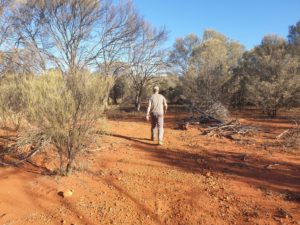
Not exactly the way to time travel but it was good to go for a walk in the red dirt amongst the mulga trees
I’ve always liked the idea of time travel. Not for the purpose of going forward to find out what will happen but more so to go back in time and get a better understanding of what it must have been like ‘back then’. I would have liked to sail with Magellan as he circumnavigated the world, explore the American west with Lewis and Clark, and hang out in the mining towns during the Alaskan gold rush – all would be fantastic experiences. On this trip I’ve added a new one to my time travel list – an Australian sheep station in a remote corner of Australia sometime around 1890. On this trip we’ve visited remote stations of Willandra, Kinchega, Trilby and now Toorale, amazing self-sustaining communities in their own right and powerhouses to the Australian economy back then.
Trilby Station, where we camped last night on the banks of the Darling River – where else? – was a fascinating place. Now managed by the fifth generation of the first pastoralists to come to these parts, about 230,000 acres of flat flood plain and scrub bordering the Darling and stretching west to the never-never. They still have five shearing sheds and shear about 15,000 sheep per year but in their heyday had their own jetty on the river where paddle steamers would pull up and load hundreds of bales of wool, all destined for foreign markets.
Today Trilby still relies on sheep as their principal business but supplements their income as an outstanding destination for intrepid travelers to camp on the river’s banks or stay in the bunkhouses or jillaroo cottages onsite. They also raise a pretty penny by rounding up feral goats and exporting them to the Islamic world. Whatever works.
We followed the river further north, this time travelling on its western banks, until we reached Toorale National Park. Like all of the land in this area, Toorale is almost dead flat, just endless dry flood plain waiting for the next flood. But it will have to wait for a while still, the last flood out of the huge river banks was in 2012 and there’s no sign of rain in the near future.
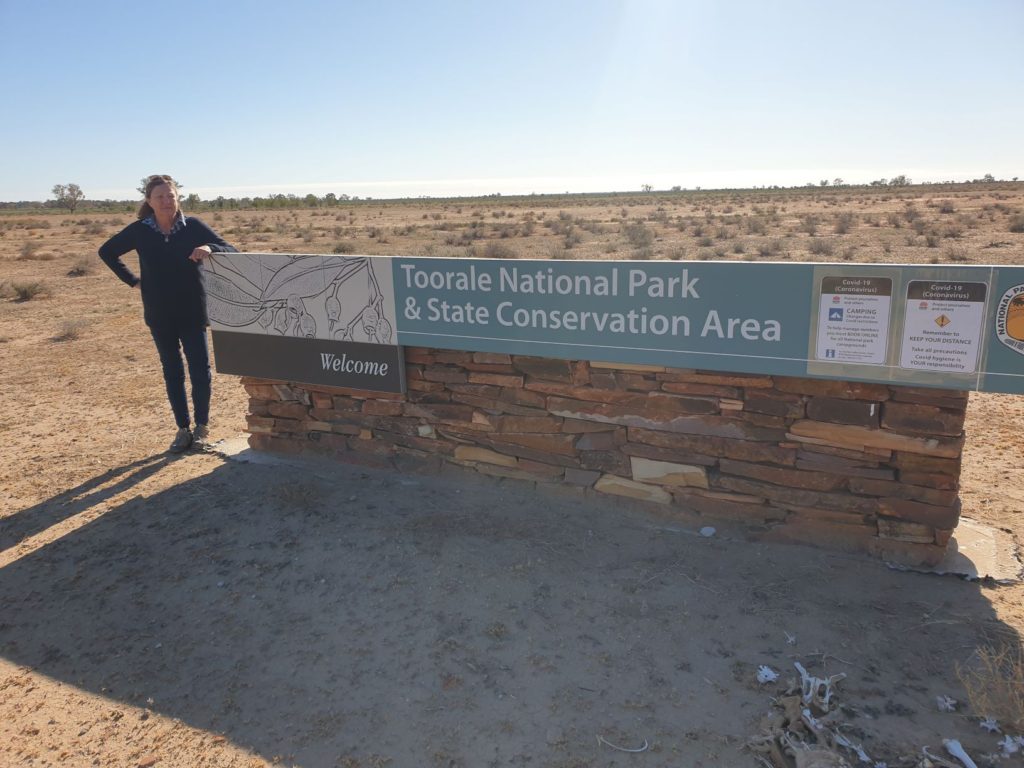
Toorale was only made a national park 12 years ago, mainly to protect the floodplains and its pastoral history
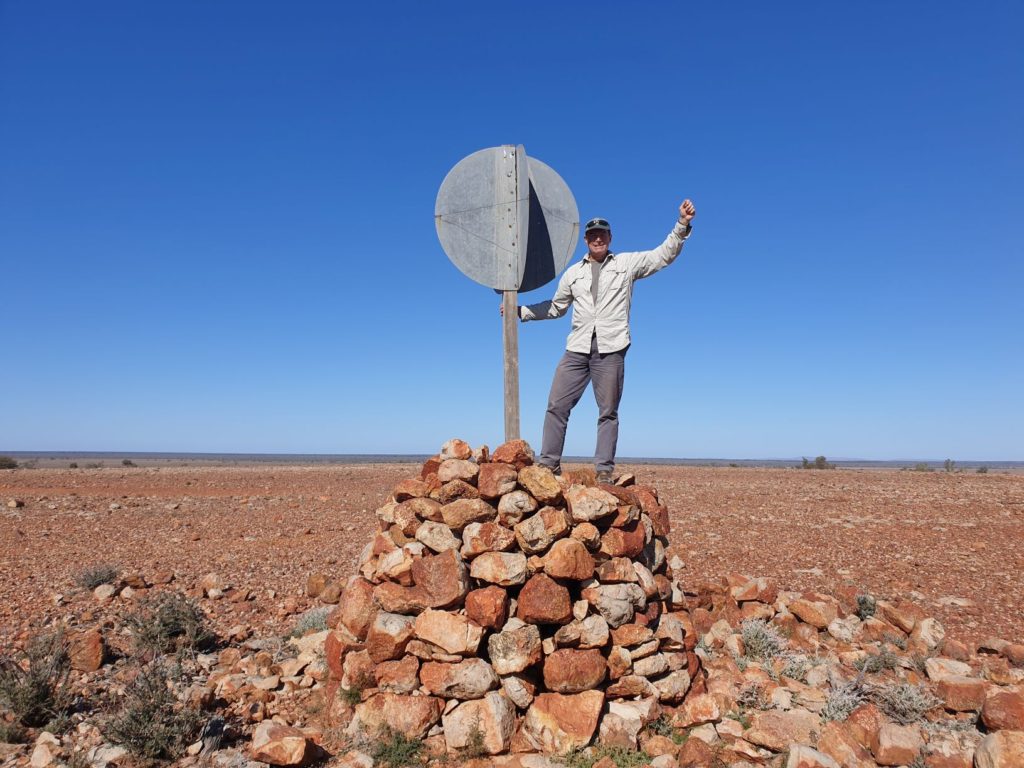
Sir Edmond would be jealous – we summited Mt. Talowla which gave us great views of the flat floodplain below
Toorale was also the heart of what was then the largest sheep station in the world – over 2,000,000 acres across this region which produced wool from 265,000 sheep each year. The historic homestead, which we visited, was built next to a permanent water source on the Warrego River and despite its dilapidated appearance still oozed the style and grandeur of its time.
This sheep station had to be totally self-sufficient back then, including growing food and stock for all its staff, provide housing for everyone from the Chinese gardener, the drovers, the blacksmith, the shearers, the fencers and horsemen, the governess, the teacher and the manager and his family plus everyone in between. It must have been a fascinating place to live during its peak between 1890 and the 1920’s – a perfect place for me to time travel to. The founder of Toorale was also very innovative with irrigation and water management systems and was able to use this limited resource to maximum effect for both his stock and his vast team. Amazing stuff.
After exploring more of the river area, a couple of billabongs and a lot more floodplain we camped again on the banks of the Darling, our fourth night of making this slow moving muddy artery of Australia our home.
We’ve really enjoyed the kangaroos and emus we’ve seen on this trip. On the eastern seaboard of Australia, and particularly in and around the Blue Mountains, the eastern grey kangaroo is the only species you see. These are our bread and butter kangaroo, especially at our property where they join us in the home paddock for cocktail hour and first coffee in the morning.
But as we moved further west we also saw more and more western grey kangaroo which are slightly darker in colour. More significantly, we started seeing the red kangaroo which is larger than the grey kangaroos and are distinctive because the males are typically rusty red in colour while the females are more bluish/dark grey. To see a huge red kangaroo in full flight is something to behold.
We’ve also seen many emus, usually in groups from six to 16 but sometimes in singles and pairs. Emus are the second largest bird in the world, do not fly, and are notoriously camera shy. The female lays the eggs but the male incubates them and raises the chicks until they shoot off on their own.
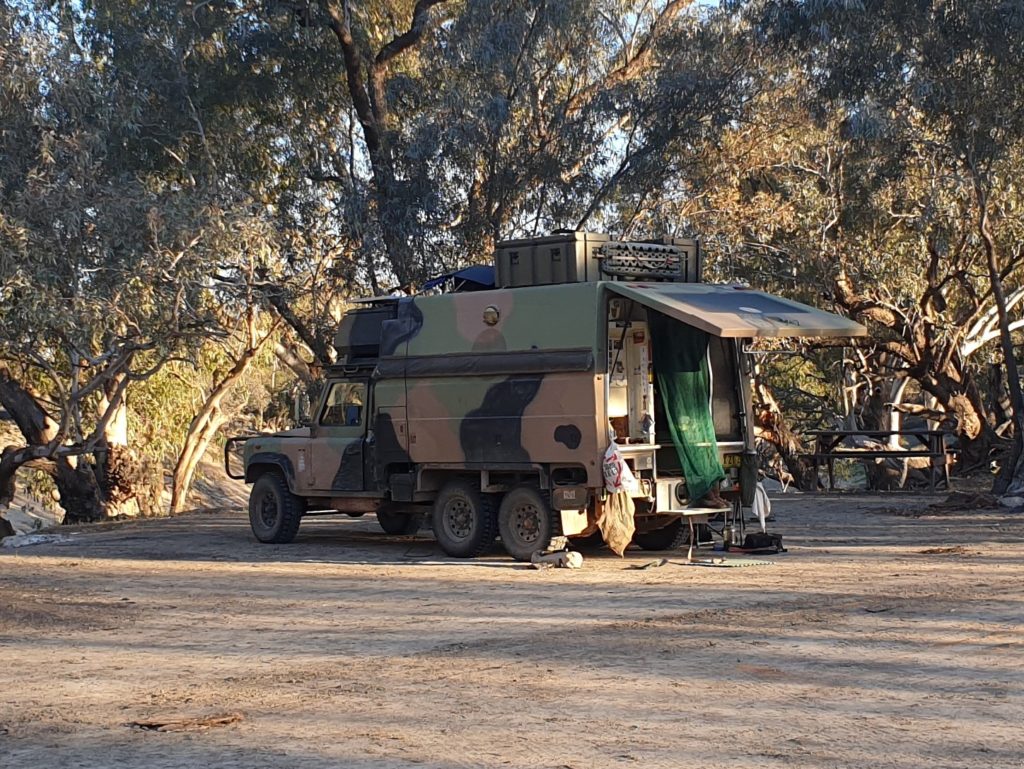
These outback travellers had interestingly converted an old military vehicle but we could hardly see it
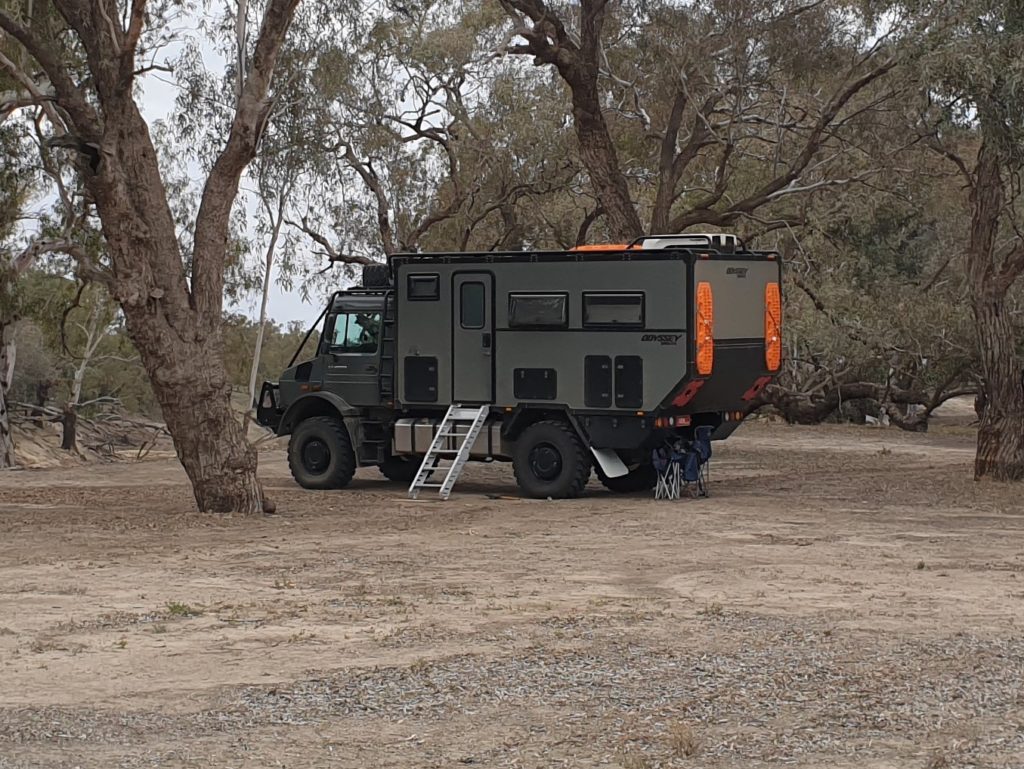
Here’s another option – the full-fledged overland vehicle, like we’ve seen on many occasions on our Follow the Sun trip. A bit over-engineered for Australia.
Toorale National Park was great but the next morning we headed north along a badly corrugated road to the regional centre of Bourke, an important trading centre over the years and the furthest paddle steamers used to come up the Darling to pick up their wool and other goods for markets elsewhere. Bourke has less than 2,000 people but given its location with very little around it for hundreds of kilometres the town still retains an important supporting role in the region.
We had one more national park in this region we wanted to visit – Gundabooka. Gundabooka National Park covers the vast holdings of four former stations but more importantly is named after the mountain range that springs up from the vast flatland that covers these parts. This mountain has spiritual meaning to its original inhabitants and features some excellent aboriginal art we planned to visit.
We camped in the middle of the park at a place romantically called Dry Tank and after a pleasant little walk through the mulga trees for grand views from the top of Little Mountain we settled in for what we planned to be our last night camping on this trip.
And a fabulous night it was. Camped in the iconic orange/red dirt of western NSW amongst the tough-as-nails mulga trees, we stayed warm by a big fire as the temperature dropped that night and woke to frozen water and -2C. It was so cold it almost stopped the Cruiser from starting but I managed to start it using the house battery to jump start the truck battery.
We spent the morning on a beautiful walk back to the Mulgowan historical site to visit outstanding aboriginal rock art – some of the best we had ever seen. Then it was back to the paved road, the first substantial tar we had seen for about a week, and our three day drive home.
We headed south and then eastward, finishing the day in the large regional centre of Dubbo where we stayed with our good friends Steve and Anne. It was fabulous to catch up with them again – especially Julie and Anne who had been besties since primary school – and to see their new home.
The next day we pointed the Cruiser home and after briefly stopping to see our nephew James working with his sheep in Molong we arrived at our place in the Wolgan Valley. A beaut night under the stars and the following morning we drove home to Sydney, the end of a fabulous 18 day adventure.
The corona virus has proved to be a bastard of a thing in so many way but the people of NSW managed to flatten the curve such that we were allowed to travel around our own state. At the beginning of this trip Julie and I were focused on seeing some national parks, most of which we hadn’t been to before, and of the seven we saw Mutawintji was the stand-out by far.
But the trip broadened into seeing and learning more about the amazing Darling River and in particular the massive role it played in Australian history about 130 years ago. We particularly loved visiting some of the old sheep stations and getting a better understanding of how they raised sheep, sheared them and then shipped their wool to overseas markets, starting with transport down the river on paddle steamers. For any time travel enthusiast the idea of being part of those amazing scenes so long ago would have been absolutely fantastic. Maybe some day it will all be possible!
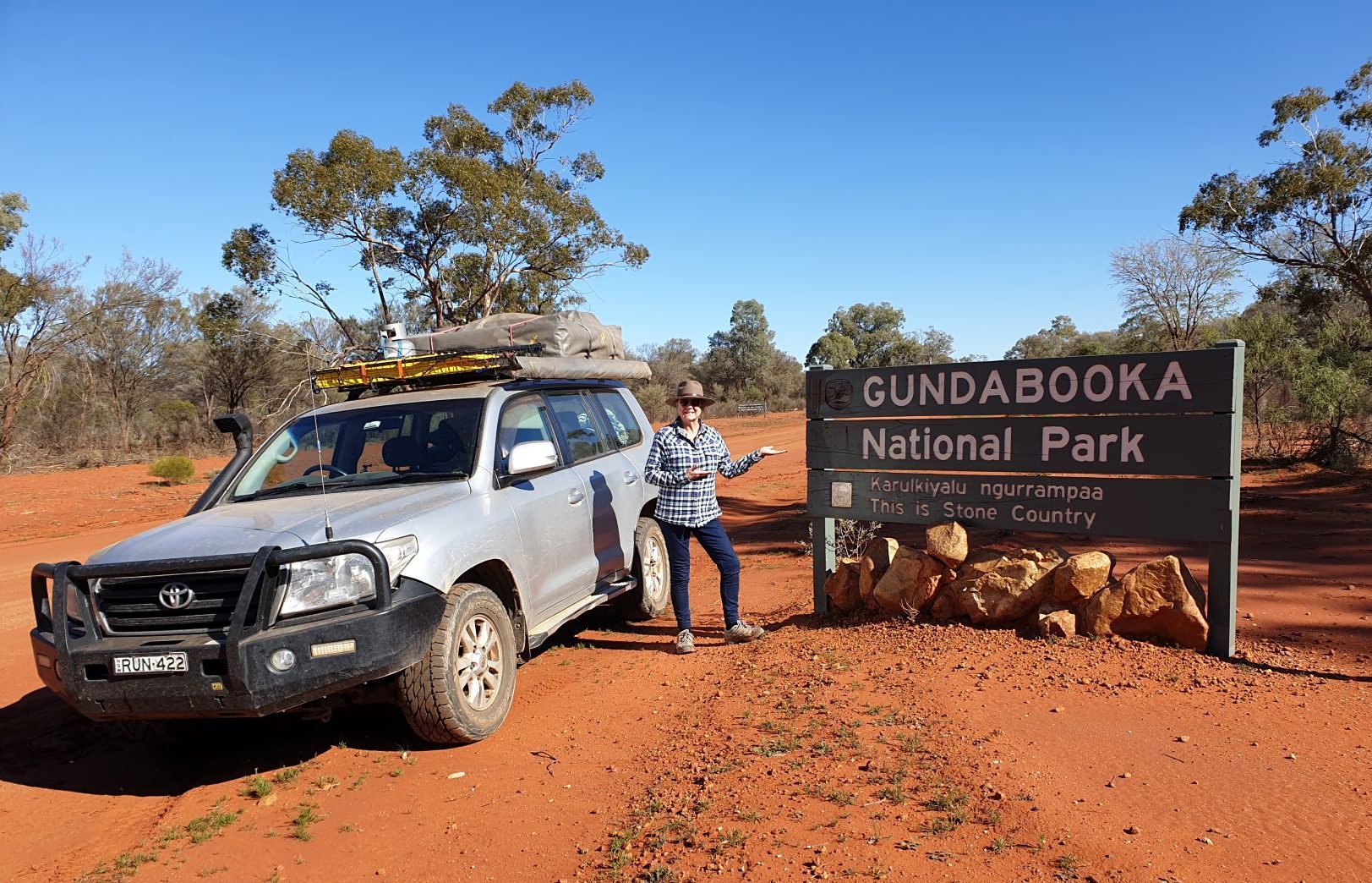
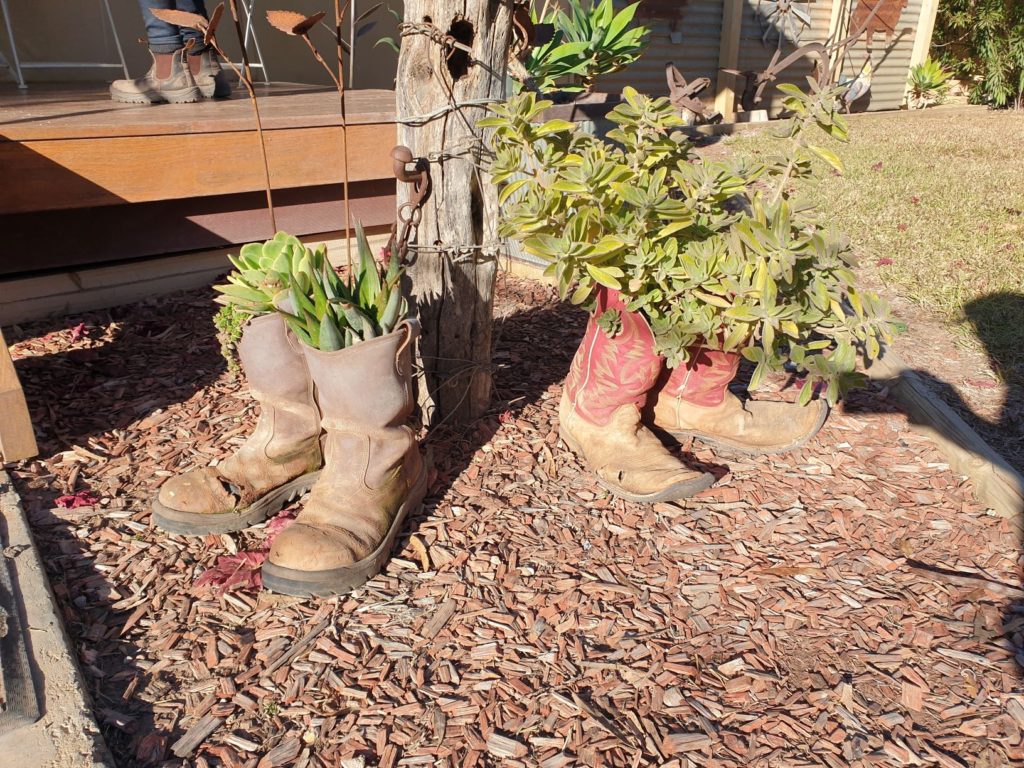
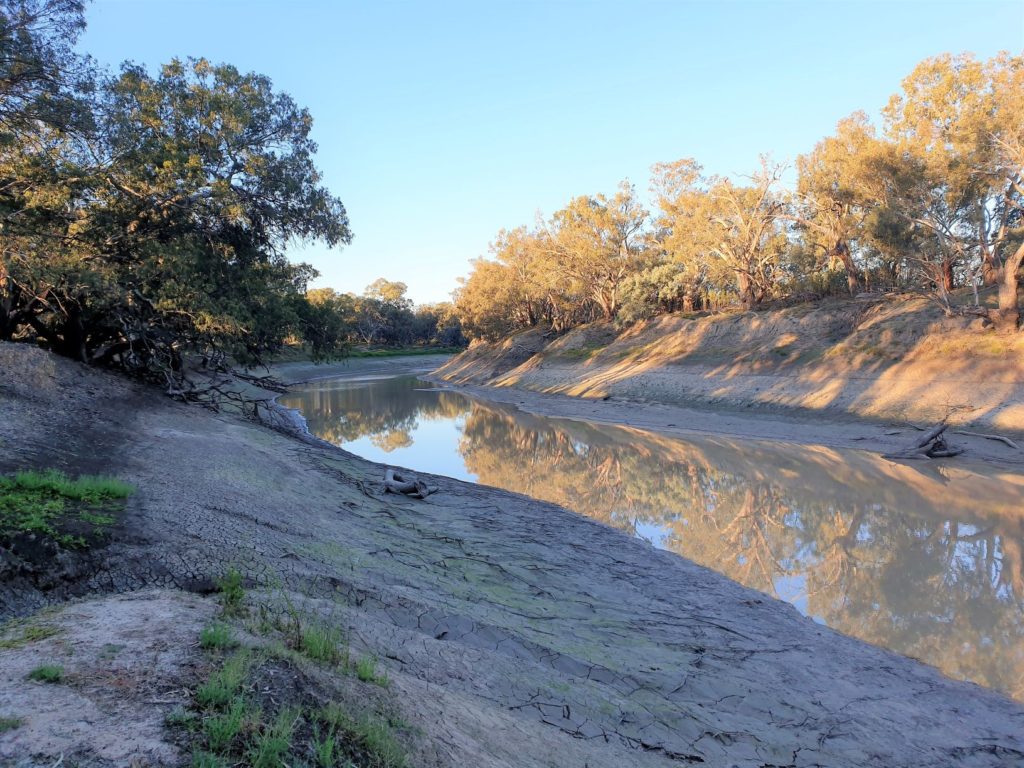
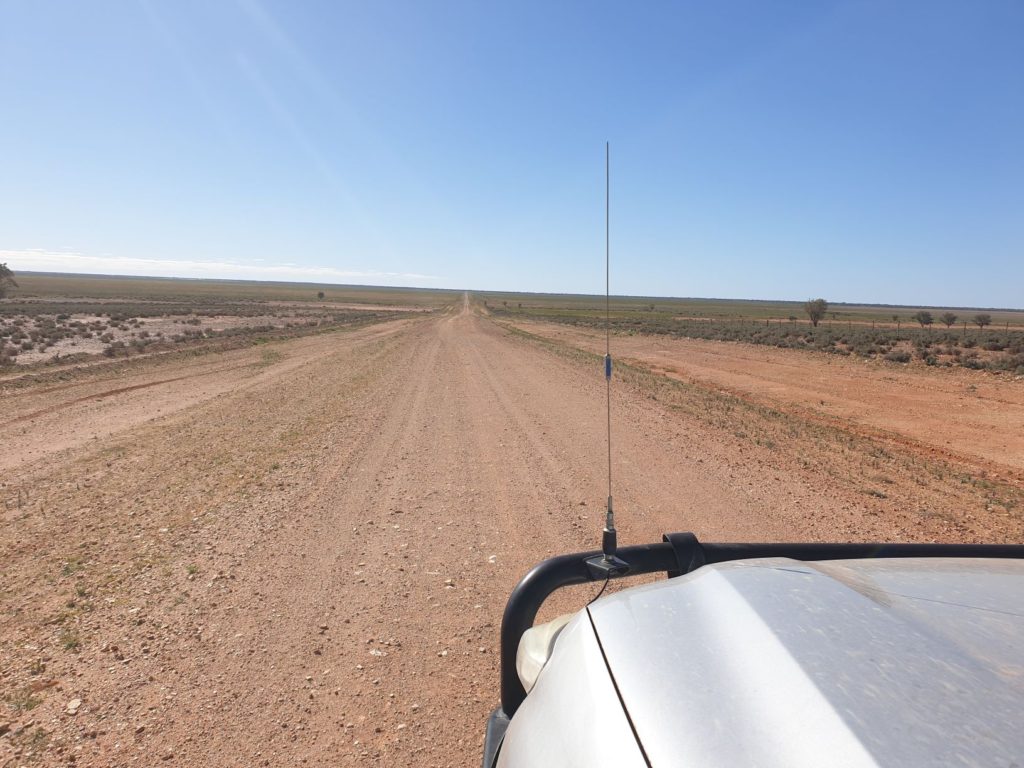
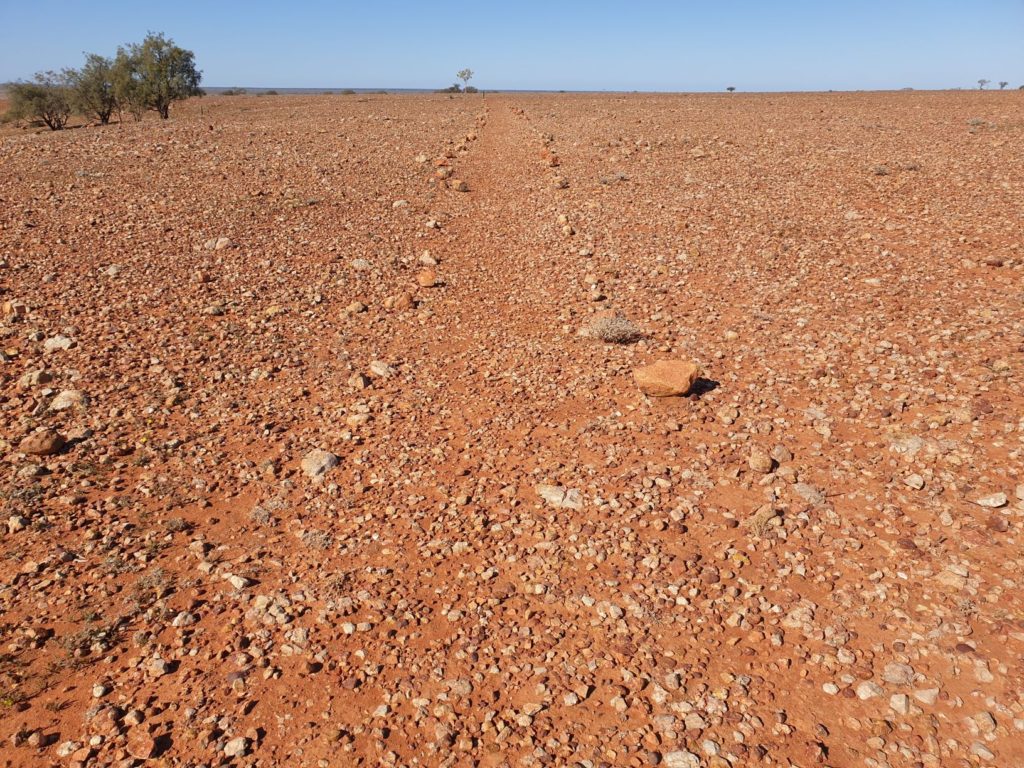

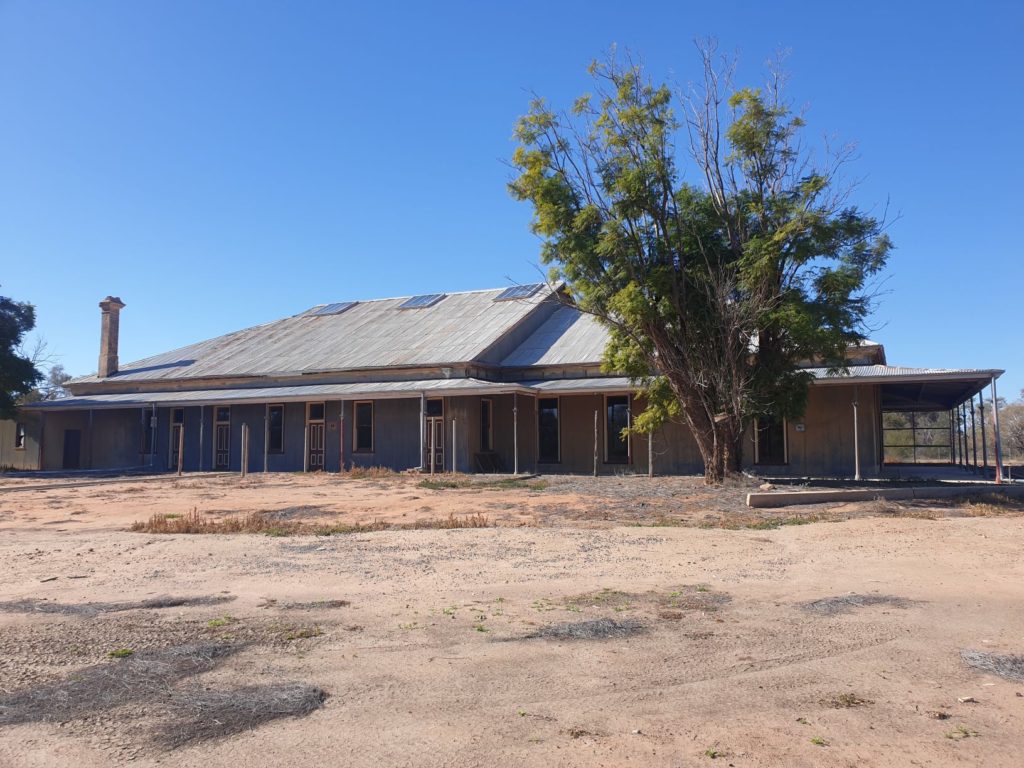
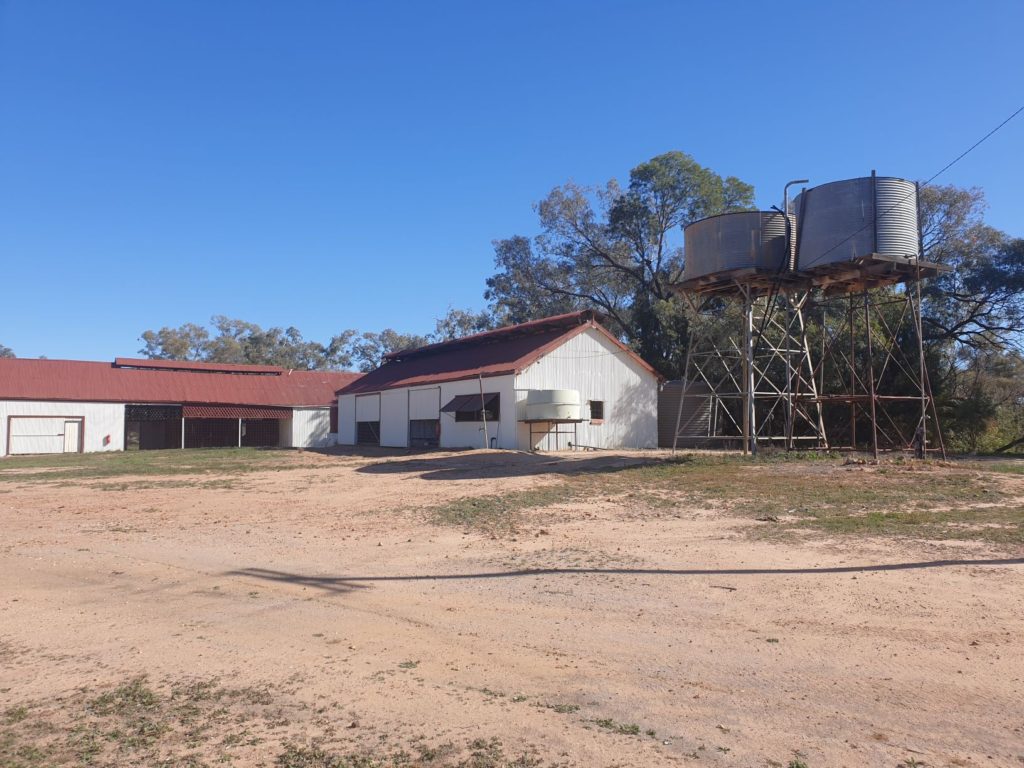
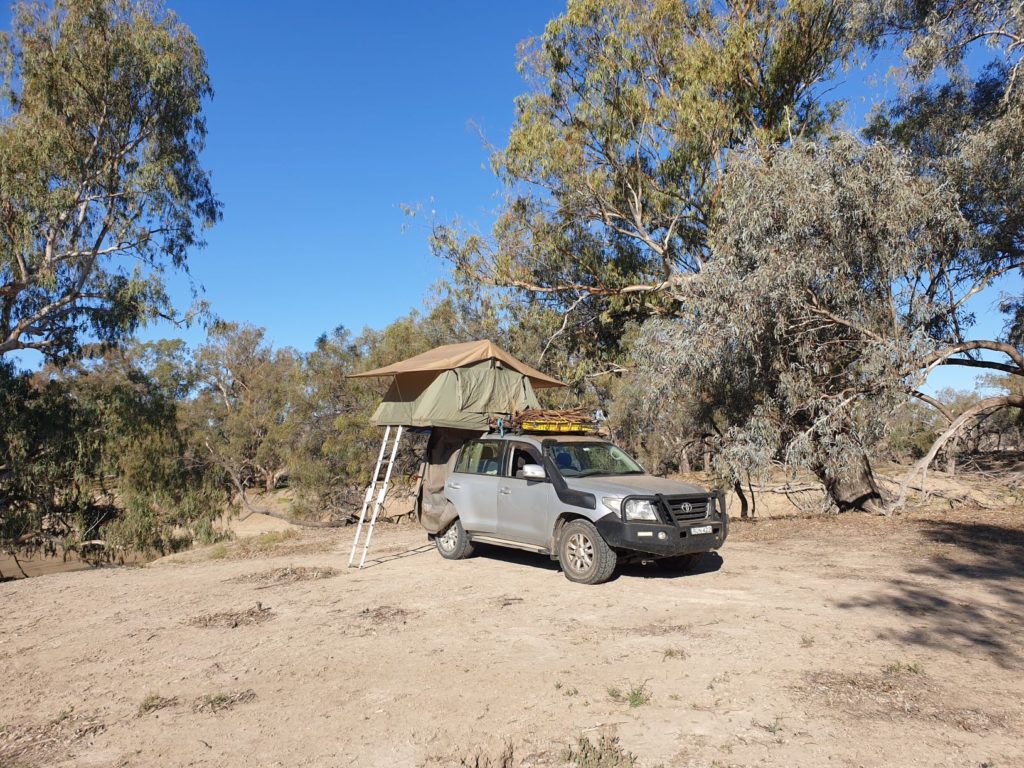
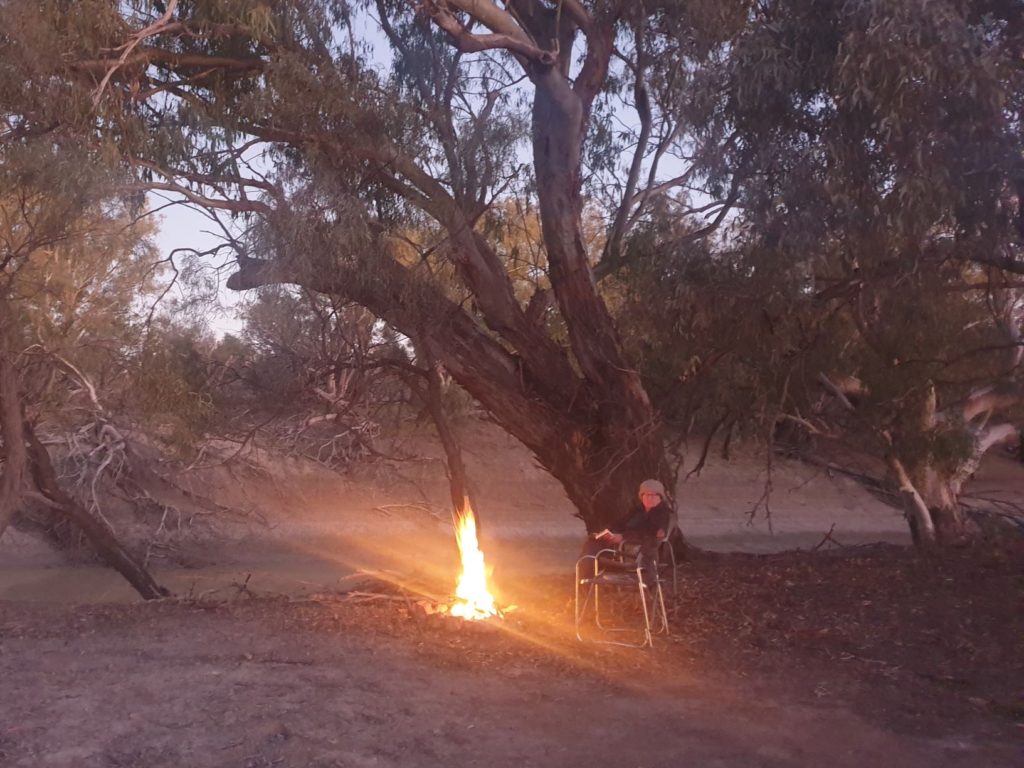
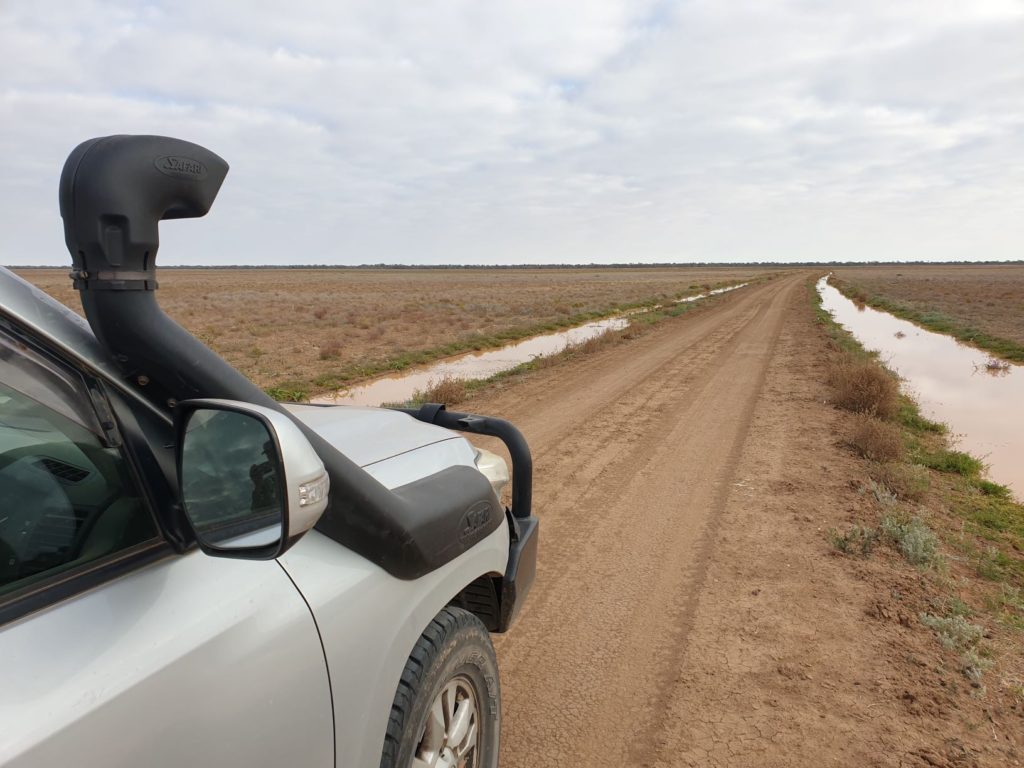
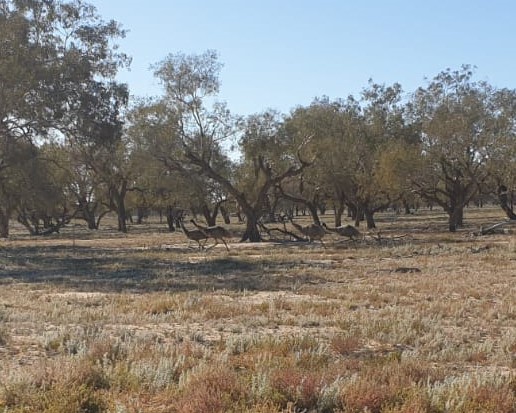
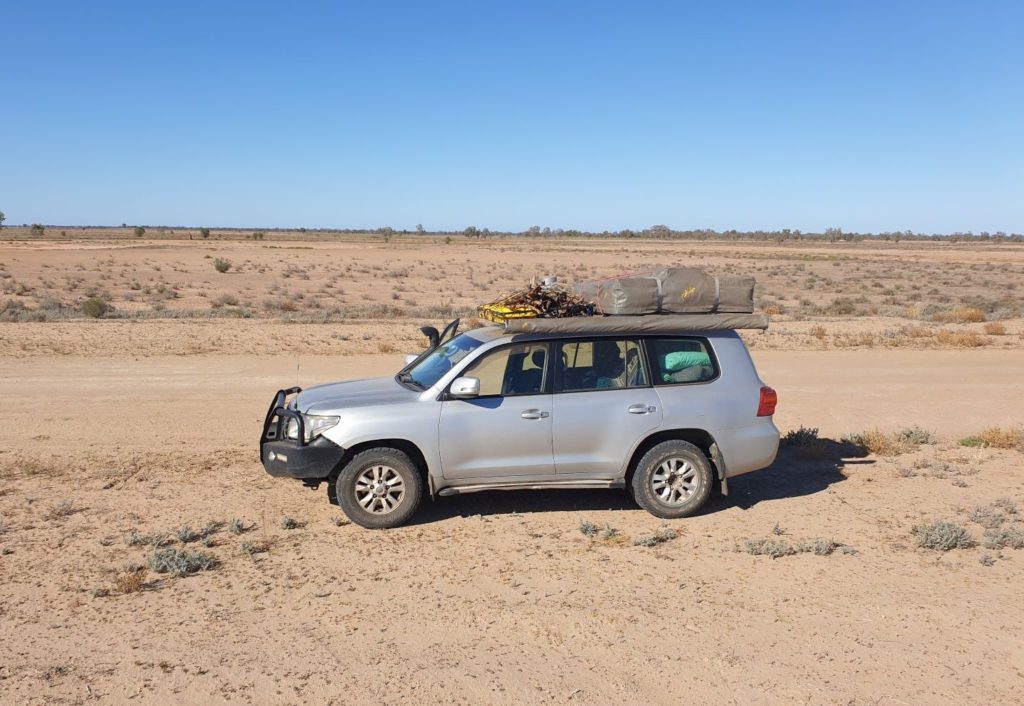
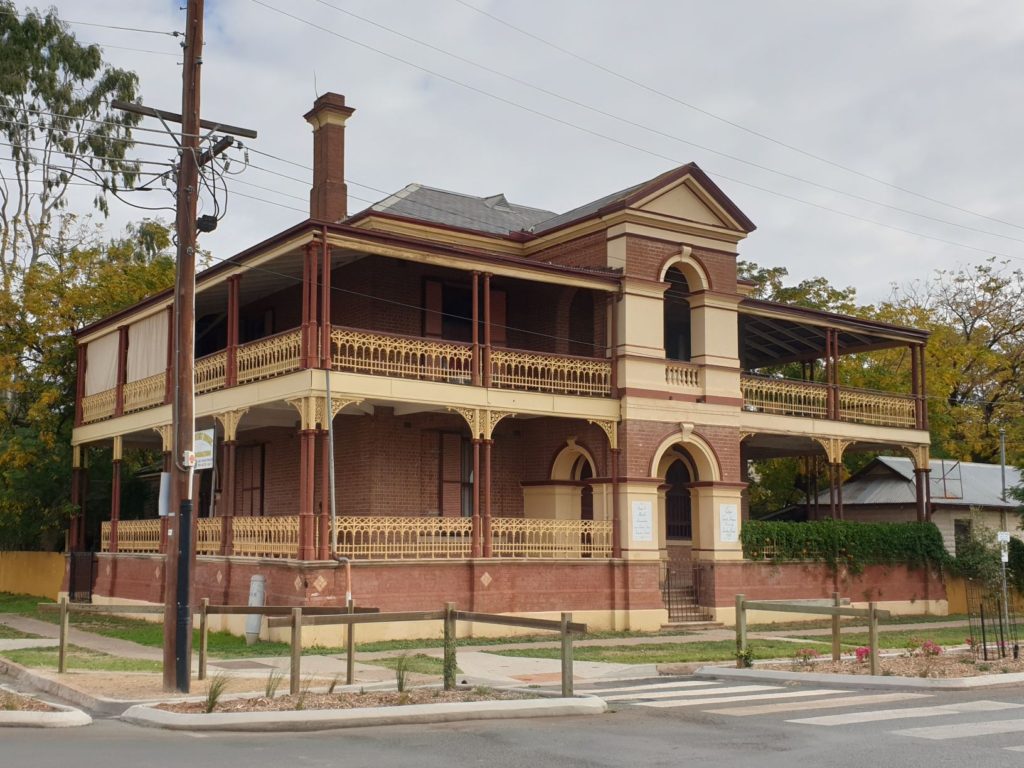
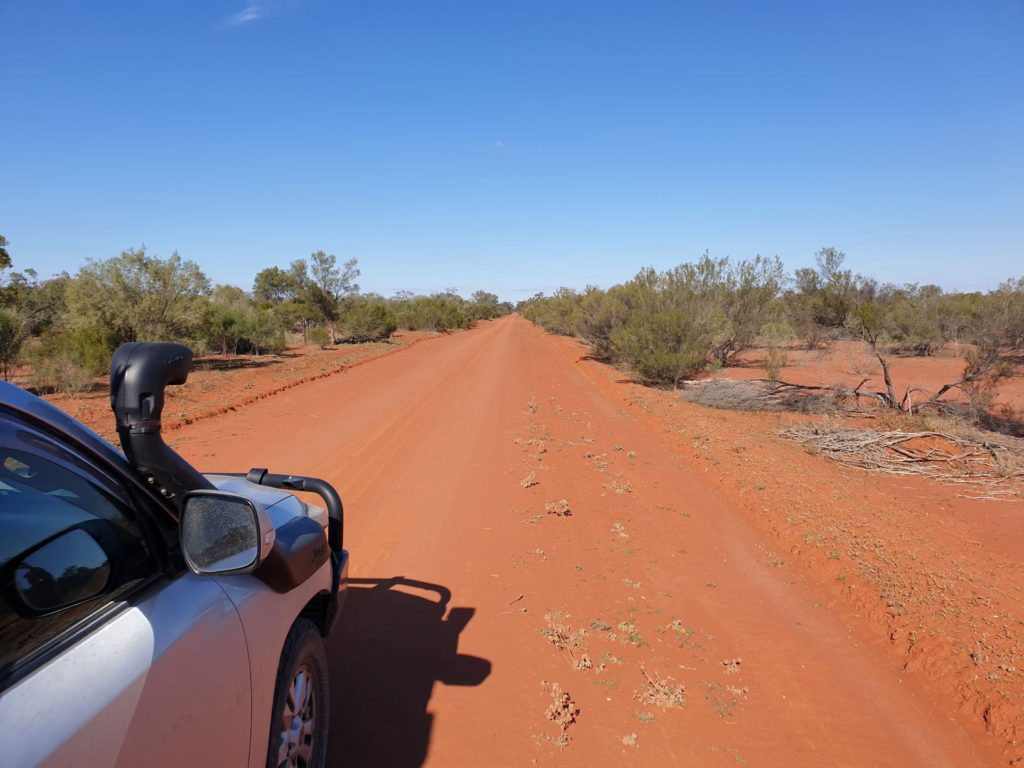

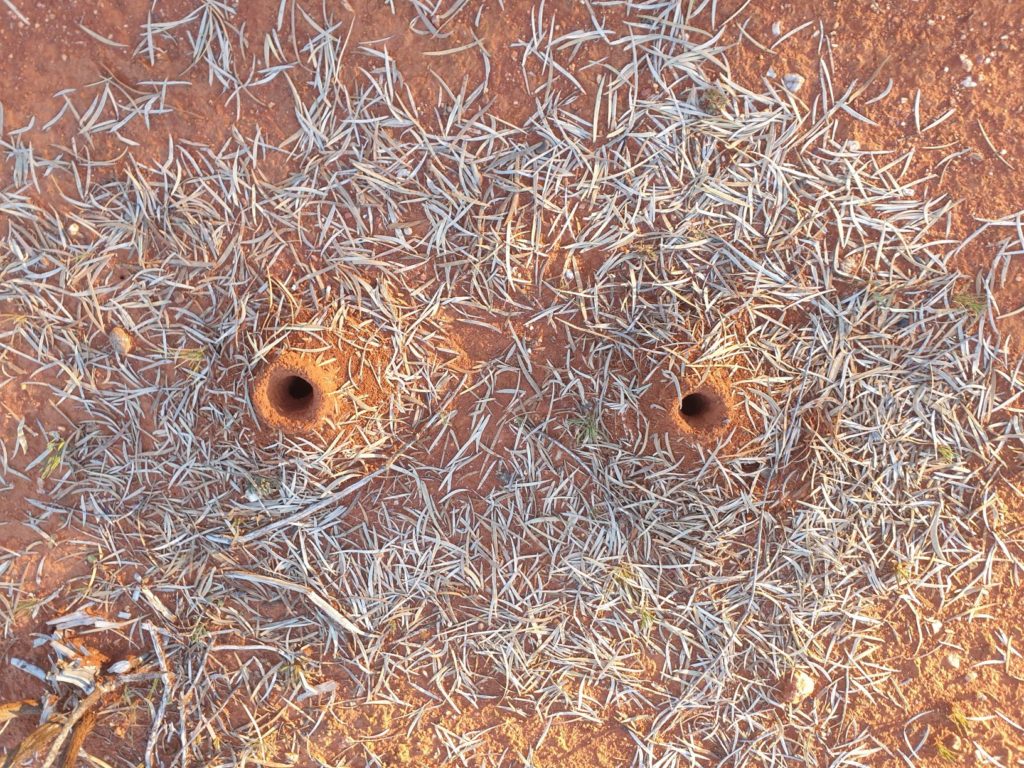
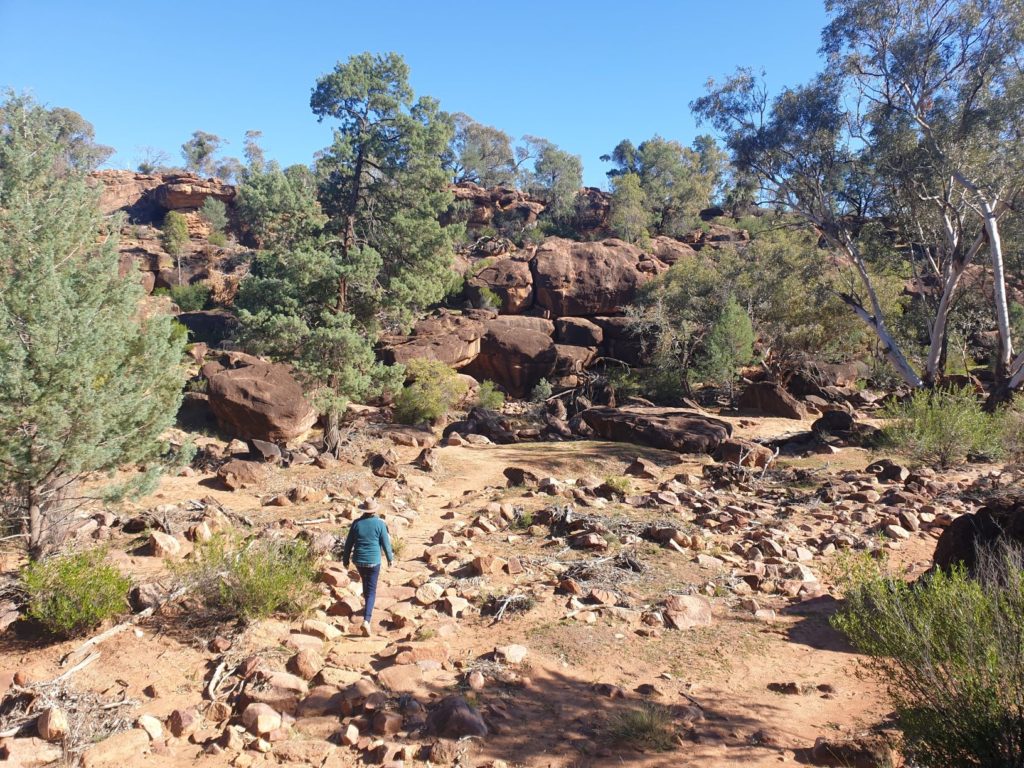
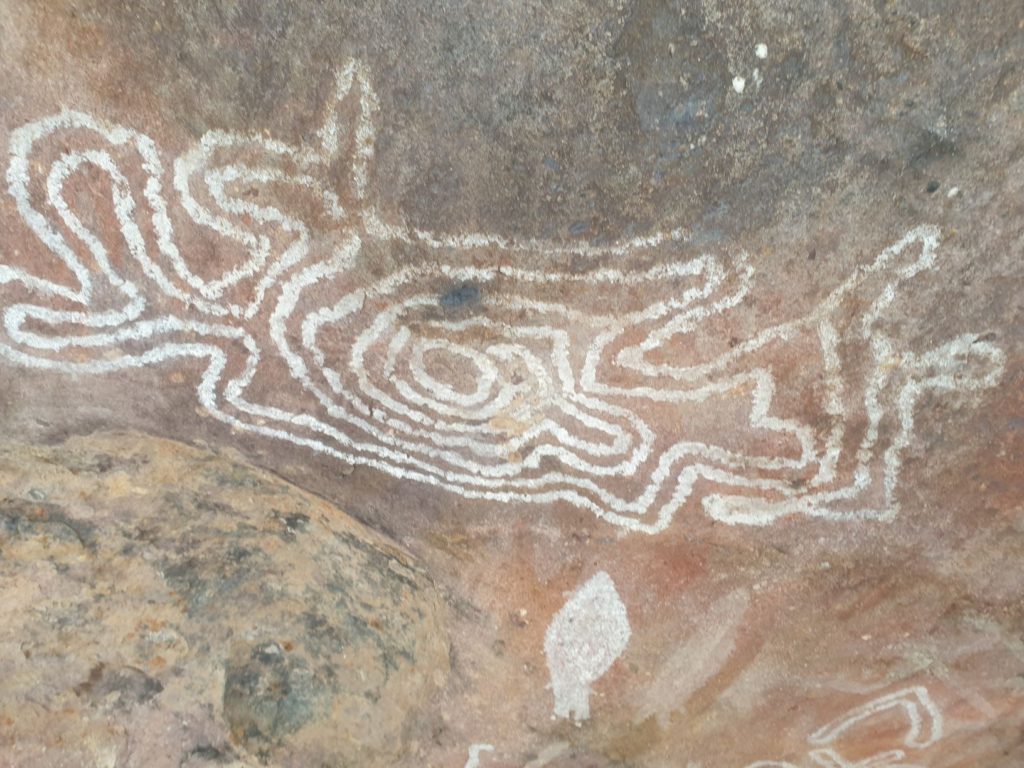

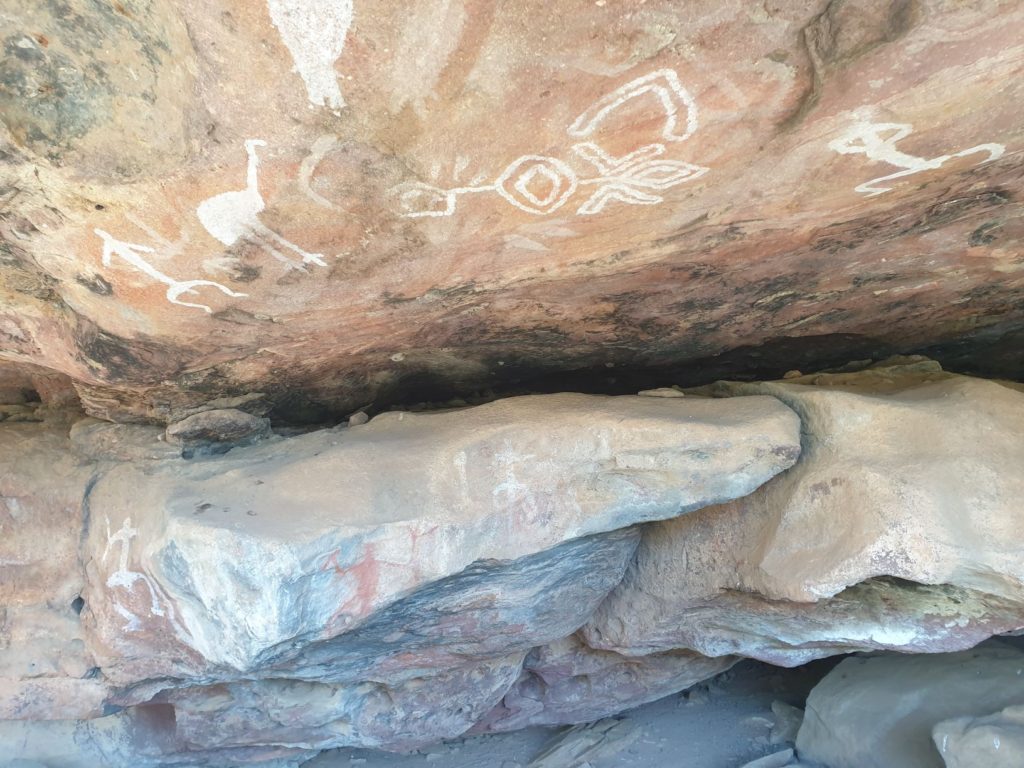
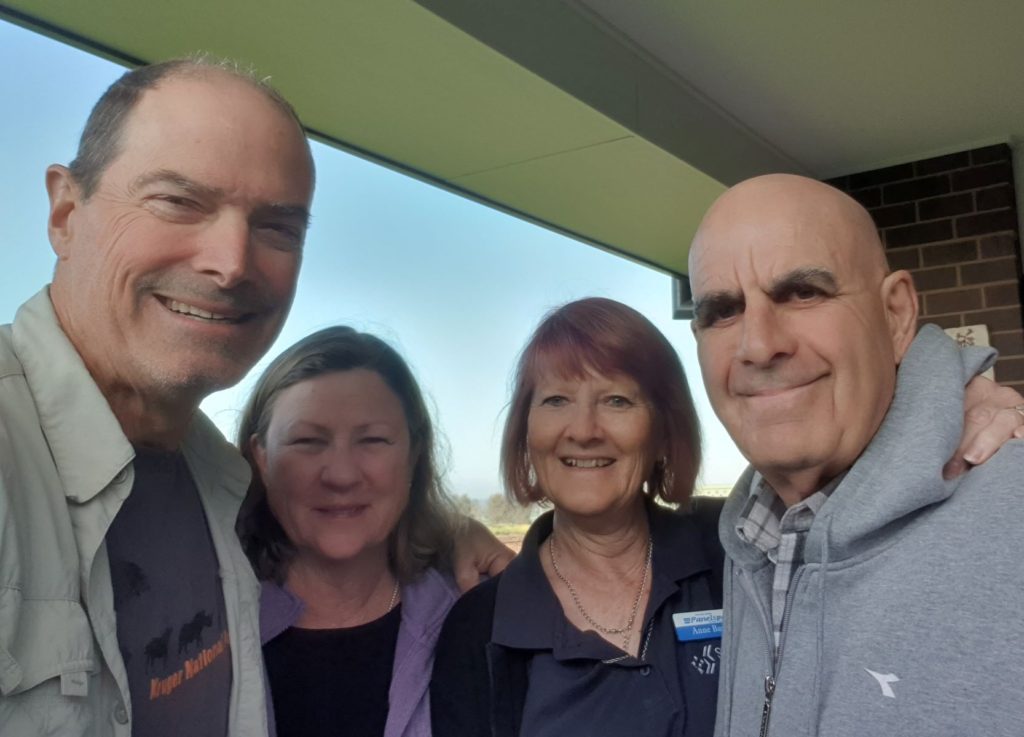
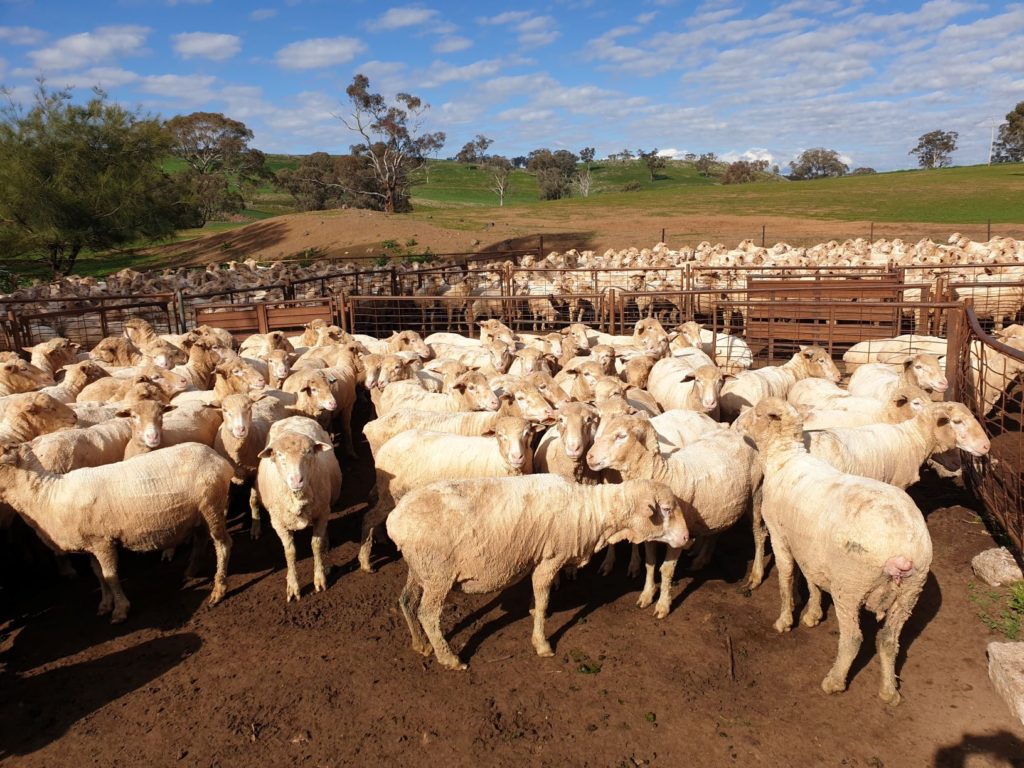
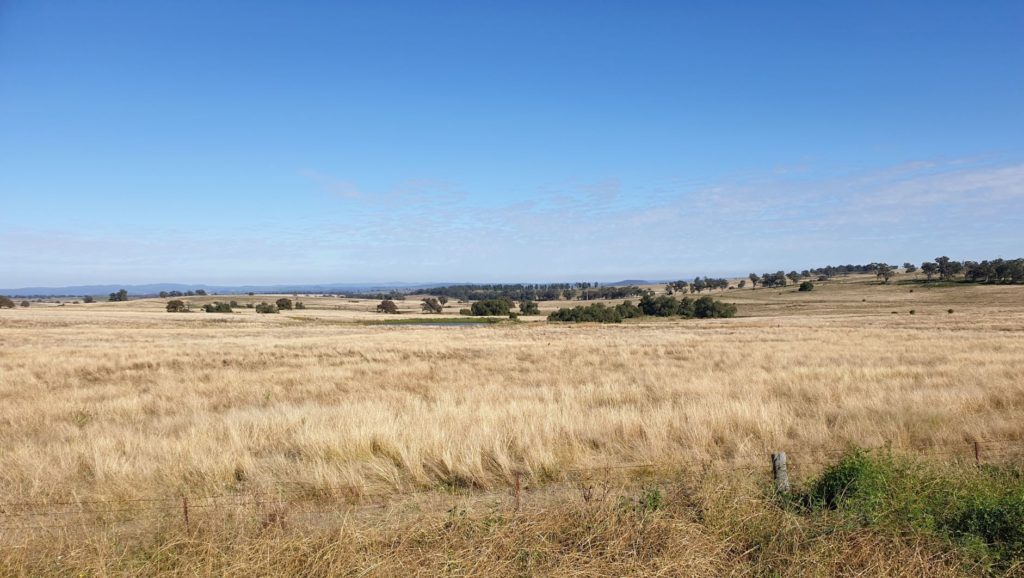

Bill, you have just helped me to travel back in time, with your story. So many of those places hold a large part of our heritage, and show the reason why Australia was “born on a sheeps back.”
We also loved the catch up, and will have to visit your new home one day – whenever this virus settles down into just a problem rather than a pandemic.
Stay safe in your travels, keep your family healthy, and we will wait for the continuation of your travel saga.
Thanks for the mental images coupled with wonderful photography.
Love from
Thanks for the wonderful note Anne. Julie and I loved visiting you and Steve – it was also great fun to include both of you in our blog. We now all have to bide our time until it is safe to travel again. Take care, Bill